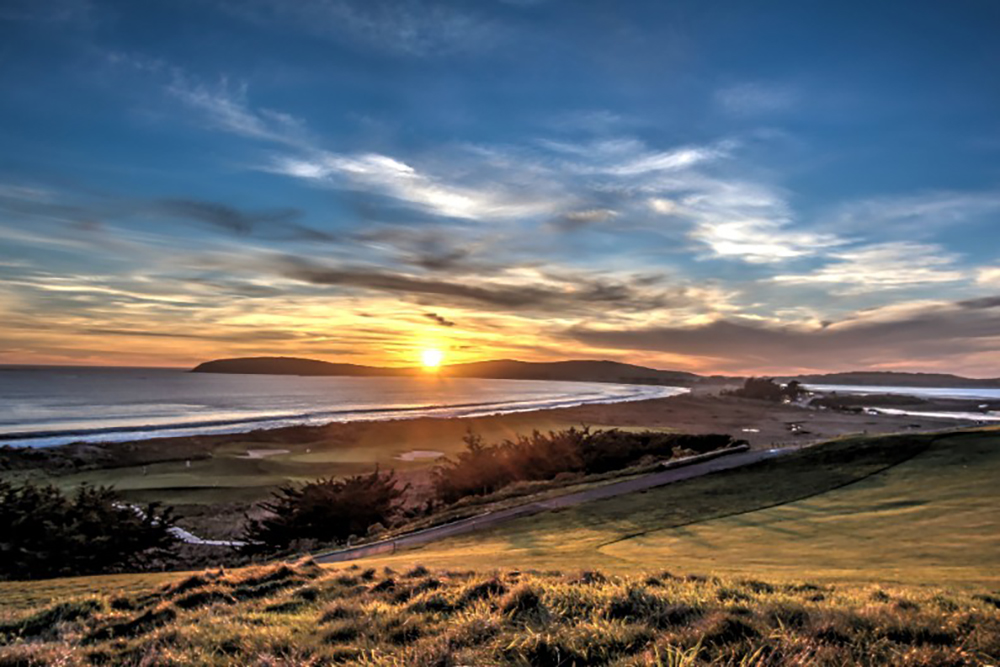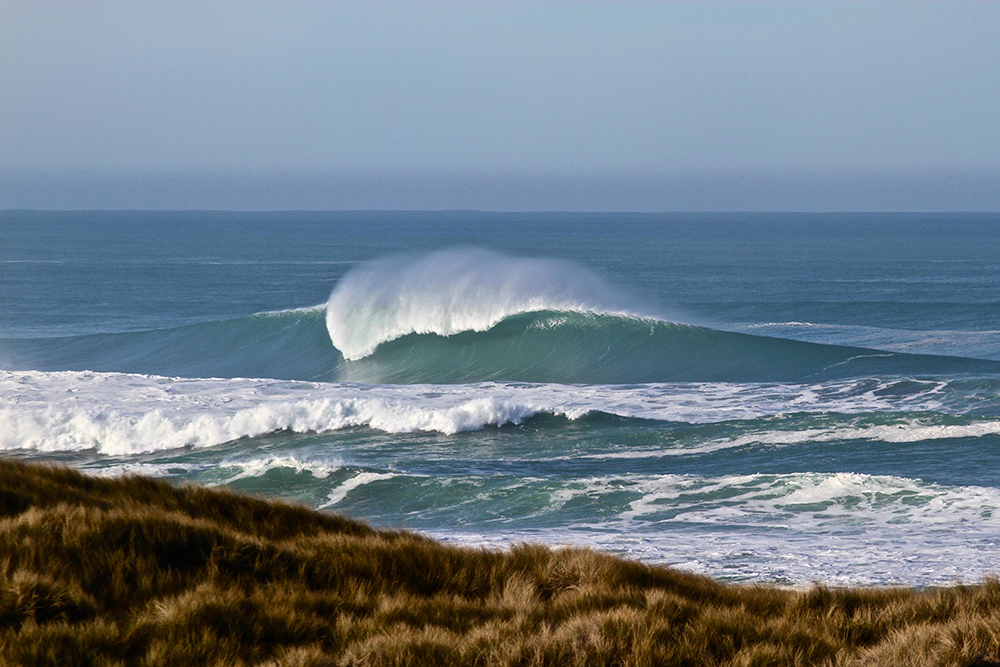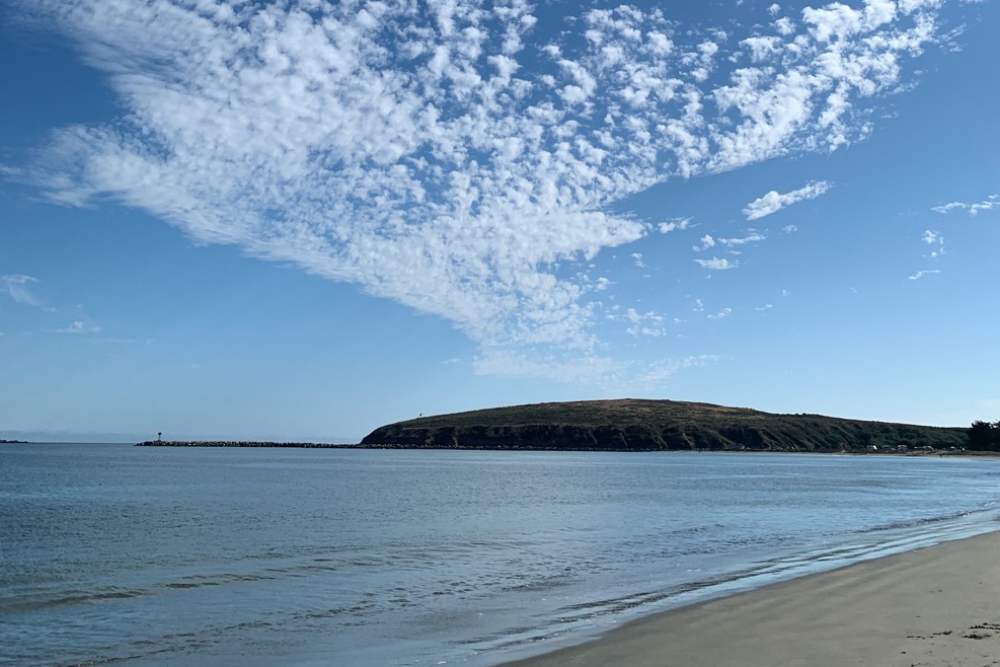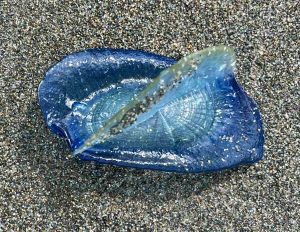
Years ago I learned to sail by the wind on a 26-foot sloop in San Francisco Bay. After the initial terror, I came to relish the exhilaration of skimming across the water, rocketed by gusts and tugged by currents. At times I’d imagine endlessly drifting on the open sea with the sun and the stars as my only companions.
Velella velella (from the Latin for “veil”), commonly known as “by-the-wind sailors,” live this fantasy. Ancient mariners found in oceans around the world, they have no need for seaworthy vessels. They are shaped like exquisite toy sailboats.
The Velella’s electric-blue, squishy-to-the-touch hull consists of an oval disc, about two or three inches long, with concentric circles of air bubbles keeping it afloat. Short tentacles, dangling below, deploy barb-tipped cells to sting and transport plankton and fish eggs into its digestive system.
A clear, triangular vane, attached to its upper side, serves as a mainsail to catch the wind. As they develop, Velella become “righties,” with a sail angled diagonally across the float from the upper right to the lower left, or “lefties,” with a sail extended from the upper left to the lower right (characteristic of the ones that make their way to California).
Although a by-the-wind-sailor may look like a single animal, it’s actually a colony of many tiny individuals. Velella reproduce asexually by releasing microscopic medusae, which may be male or female, depending on their parents. When their sperm and eggs combine in the sea, they create larvae that eventually metamorphosize into the floating colony stage.
On open waters Velella often drift together in huge clusters of brilliant blue, shimmering like an aquatic mirage. The rich pigment may serve both as camouflage to evade predators and as protection from the sun’s ultraviolet rays.
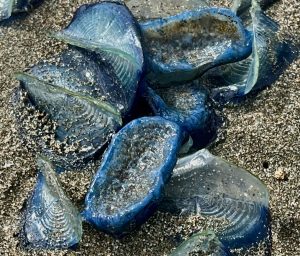
Although these wispy sailors can navigate mild breezes and aim away from shore, they are powerless to control their destination — and destiny — in strong winds and currents. In this stormy El Nino year, millions washed up in blue waves along the California coast.
Walking on local beaches, I admired their sapphire hues and elegant design. But with each passing day, the sun bleached and dried the stranded seafarers. Soon all that remained were pale, brittle, cellophane-thin husks that tumbled in the breeze.
“How sad to see so much death!” a passer-by sighed.

I understand but don’t share the feeling. As I think of the fantastic journeys of these roving pilgrims, of their hours in the sun, under the moon, and upon the sea, lyrics from Christopher Cross’s classic echo through my mind:
“Sailing / Takes me away to where I’ve always heard it could be / Just a dream and the wind to carry me / Soon I will be free.”
This could be the theme song, not just for Velella velella, but for all of us who love sailing by the wind.



